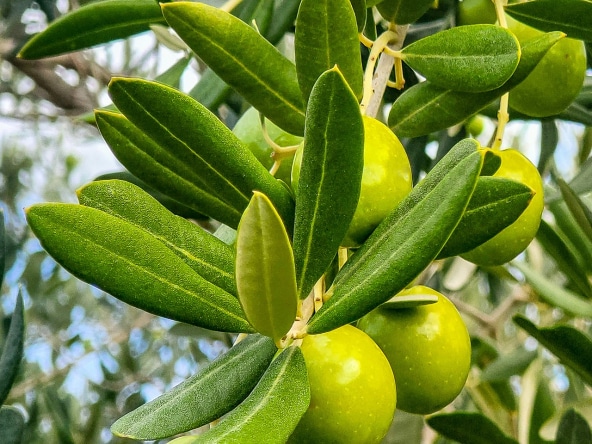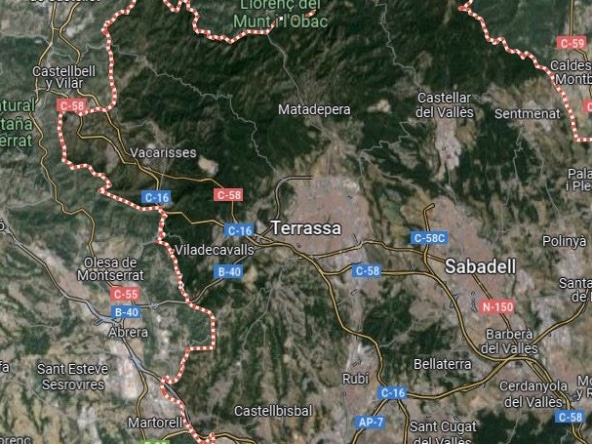La pellet stove It is the most efficient, ecological and economical heating system that exists. No alternative meets the optimum of these three characteristics that make pellet stoves and barbecues the product that is most on the rise and the one that is expected to have the greatest growth in sales in the coming years.
The pellet is obtained from the forest biomass from the cleaning of mountains, which is coarsely crushed for transport to the pelletizing factories, this phase of the first crushing is called "chips" and its size ranges between a few centimeters and up to 20 centimeters in length. In the factory they are dried and crushed again until they become a fine wood flour. Then it goes to the pelletizing machine that puts this fine powder under pressure against a die that results in pellets, as is also the case with animal feed factories.
Due to both the origin and the treatment received by the pellets, they are a very efficient fuel, with a high calorific value and leave very little gaseous or ash residue. In addition, its combustion is neutral in CO2 emissions because the CO2 it emits is the same that the plants have captured from the atmosphere.
Advantages and disadvantages of using pellets for heating
Unlike wood burning fireplaces, pellets are very clean and easy to transport. They behave like a liquid that flows towards the burner of the stove as more calorific power is required, the firewood in a fireplace is heavy and has to be recomposed continuously so that it does not go out. It also leaves a lot of ash and the chimney full of soot. On the other hand, the pellet, as it has been previously crushed and dried to the limit, barely leaves gaseous residues and very little ash.
Although a kilogram of pellets has approximately half the calorific power of a kilogram of diesel, its price is four times lower and therefore heating with pellets is half the price of heating with diesel. In addition, the pellet stove dries the environment and leaves the warm sensation of old fireplaces and domestic fireplaces in the air. I have seen families gathered around the pellet stove, watching the flame of the burner, instead of being in front of the television.
An additional environmental advantage is that the consumption of pellets for heating or barbecues has an indirect impact on the prevention of forest fires because the fuel that accumulates in the mountains and that inevitably ends up causing the forest fire, whether by accident or caused, is the material pellet premium and therefore if the fuel is removed from the forest, possible forest fires are less serious and easier to control. Each hectare of forest annually produces a cubic meter of tree trunks and an additional cubic meter of other highly flammable plant products, such as bushes, weeds, leaf litter, branches, etc. Since until the appearance of pellet stoves, the only forest exploitation was that of the tree trunks and this exploitation takes place every 35 or 45 years depending on the species, until the forest exploitation is carried out, they have accumulated in each hectare of forest 35 or 45 cubic meters of highly flammable fuels and that in the event of a forest fire, make it almost impossible to stop.



